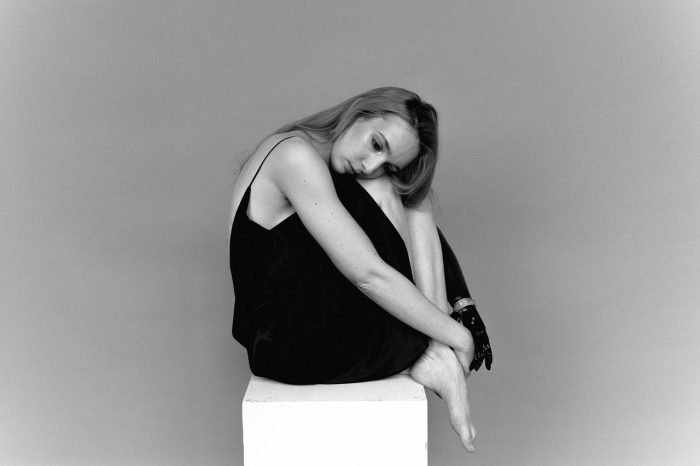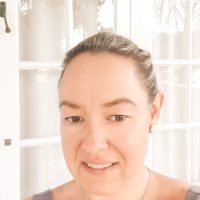You wake every morning to a fresh new day—but with the same old feelings.
It has become a habit to check the weather, worrying if the grey clouds that loom will bring more rain, enough to bring a flood. It has become a routine to wait, nails gripping the edge of the “new normal,” for the latest daily numbers—for the stats that keep you “locked down.”
Your day is punctuated by randomly timed google searches for reassurance. Searches that are triggered by almost any thought, word, sight, or sound. Automatically, you seek to dampen down the anxiety that rises, swirling in your stomach, on a slow takeover of your consciousness, peace, and sanity.
Am I safe here today?
Is the world outside safe enough that I feel capable of entering it today?
In his book, Breaking the Habit of Being Yourself, Dr. Joe Dispenza discusses the concept of hardwiring our brain. Literally, the same neurons, triggered by a thought or emotion, fire together so many times that they become wired together, forming a newly embedded habit.
Your repeated thoughts, behaviours, and feelings become automatic and fixed. Dr. Dispenza takes it one step further to say that we become attached (neurochemically) to our living or life conditions. In other words, we get used to it. It becomes our norm, our reality, and a never-ending cycle.
This blew my mind when I read it. I mean, who in their right mind wants to be living in a place of anxiety, fear, and uncertainty every day?
Here is the thing: in spending years—decades—attempting to control every decision, every action, every single day, not only has it driven me to the point of despair and periods of heavy medication, I also unknowingly opened the door for anxiety to become a cemented and deeply-rooted (though extremely painful) part of me. I allowed it to become a comfortable companion.
Anxiety had become an unquestioned aspect of my day-to-day life—simply something that I had to deal with as best as I could. I am not ashamed to share that it tampered with my choices and dampened many desires, at times to the point of crippling them completely.
Now, at this point, let me be clear: anxiety is nothing to feel guilt or shame around. There is nothing “wrong” or “faulty” with you—or me. You are not crazy or insane, although at times, I know, it may sure as hell feel that way.
I have found the greatest single way in which to find relief from anxiety has come from acceptance. Now I hear you saying, “Yes, but how can I accept something so painful and horrendous?” There is a vast difference between allowing (or even exacerbating) our anxiety and accepting its existence.
One of the most valuable pieces of advice I have been given was encouraging me to choose to be aware of what I was feeling. This means simply observing the anxiety or emotion, noticing where it is felt, how it shows up, and accepting it is there. I even speak to the anxiety, sometimes asking it questions.
“Hello, my old friend, what are you showing me today? You are welcome to sit and stay for a short while, but I am not allowing you to take control.”
Sounds crazy, but it works.
The key is to simply observe. This means without thinking, without judging, and without introducing a logical perspective. In doing so, the power that I unwittingly hand over to my anxiety stays instead with me. I am no longer fighting it, as fighting only serves to strengthen its hold. In a few short minutes, it usually dissipates a great deal, and at times, even disappears altogether.
I have discovered that I have the ability to choose.
I choose whether I allow it to consume me or to let it be. In allowing it to just be, anxiety becomes another passing emotion, one that I choose to accept, observe, allow, and then move through (with the assistance from many learned self-care “tools”), making space for an emotion like joy, gratitude, or excitement to become more prevalent in my life.
~








Read 17 comments and reply